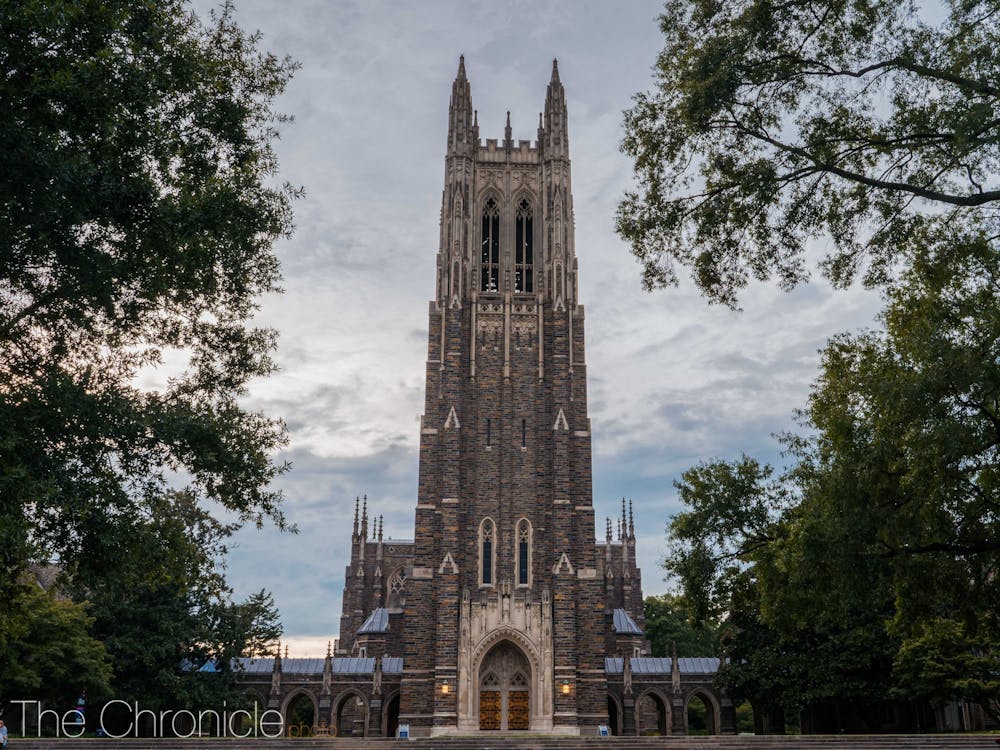Duke’s endowment took a hit this year even as other top universities saw gains.
This year, Yale’s endowment increased by 6.8%, Harvard’s by 7.3%, the Massachusetts Institute of Technology’s by 8.3%, Carnegie Mellon’s by 5.4%, Columbia’s by 5.5%, Brown’s by 12.1%, Cornell’s by 1.9%, Dartmouth’s by 7.6% and the University of Pennsylvania’s by 3.4%.
Unlike its similarly ranked private school counterparts, Duke’s endowment fell by nearly 1.2%—from $8.6 billion to $8.5 billion—despite a 0.7% investment return.
Rachel Satterfield, Duke’s interim vice president for finance, explained that Duke’s endowment is calculated based on a number of factors.
“The change in Duke’s endowment is a function of new gifts, investment returns and less Board [of Trustees] approved spending. The annual spending policy typically provides for a 5.5% distribution to support endowed programs,” Satterfield wrote in an email.
Satterfield explained that Duke’s endowment dropped this year because the total of new donations and investment returns was less than the amount that the Board of Trustees approved for spending.
“If new gifts to endowment and investment returns combined are less than the amount approved for spending, we experience a decline in the total market value of the endowment. This was the case in fiscal [year] 2020. We had a strong year of philanthropy, bringing in almost $400 [million] in gifts to endowment; however the return on investments was only 0.7% for the year,” she wrote.
Duke’s endowment is not to be confused with The Duke Endowment, a private foundation that contributes to Duke as well as many other organizations.
Duke noted in a news release last month that it is an “extraordinarily volatile year for investors.” The COVID-19 pandemic has caused uncertainty and wild stock market swings.
The difference between Duke and other schools may be a result of varying asset allocations, which affect the risk versus return tradeoff for investors. Duke’s target allocations are “48% equity, 15% credit, 13% absolute return, 9% commodity, 9% real estate, 4% rates (treasuries and agencies), and 2% inflation-linked investments, such as TIPS and timber,” according to Pensions & Investments.
Brown University, which faced the highest investment return within the Ivy League, utilizes a different approach, with a significantly higher investment in absolute return—usually hedge funds—at 37%. Yale University, which also saw a strong return than Duke, also has a higher investment in that area, at 23.5%.
Although Duke, Brown and Yale are similar private institutions in terms of size and national ranking, their target allocation distributions are quite different.
Duke is not the only top-tier private institution to see its return on investment drop this fiscal year. Although Vanderbilt University’s endowment increased by 10.3%, the institution saw a - 0.1% investment return.
Get The Chronicle straight to your inbox
Signup for our weekly newsletter. Cancel at any time.

Madeleine Berger is a Trinity senior and an editor at large of The Chronicle's 119th volume.

